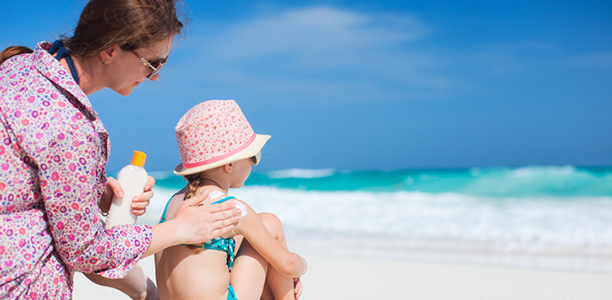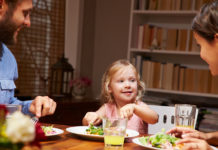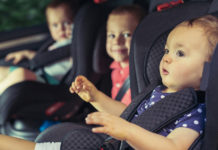From barefoot burns on hot metal grates, spilt hot noodles from the microwave, to the ‘watch this, kids’ moment when accelerant is thrown on the barbie or campfire – summer holiday burn hazards abound.
- Fun new app to prevent burns & first aid
- Sun-heated surfaces such as grates and tiles can burn children
- Always douse a campfire with water, not sand or dirt
- Best first aid for burns is cool running water for a full 20 minutes
- See a doctor for burns bigger than 3cm
Summer is a peak time for avoidable burns which can leave lifelong scars and lead to years of treatment. To prevent these burns, QUT’s Dr Leila Cuttle has partnered with Australian technology company iPug to release “Cool Runnings”, an app to educate people on burn prevention and burn first aid.
Dr Cuttle is a researcher in the Burns and Trauma group at the Centre for Children’s Health Research in the QUT Institute of Health and Biomedical Innovation (IHBI).
“Burns in children around one year of age are common all year round, frequently from children reaching and pulling hot drinks onto themselves,” Dr Cuttle said.
“As school holidays approach, there will be a spike in childhood burns as children are around home more and playing outside.
“Burns from sun-heated surfaces are becoming more common, particularly in children standing barefoot on hot metal grates or metal objects left in the sun. Children can also be burnt by hot rubber matting, hot concrete and hot floor tiles.”
The Cool Runnings app highlights these hazards in a fun way with simple first aid measures, providing simple burn prevention strategies, and emphasising the best first aid treatment for a burn.
“We are excited to partner with Dr Cuttle and QUT on this initiative,” iPug CEO Steve Huff said.
“This is a great marriage of Australian innovation and research to get practical outcomes for the public.
“Cool Runnings represents a world-first application of a national public health campaign on a smart device.”
Cool Runnings also covers campfire and barbecue summertime burns.
“Campfires extinguished with sand or dirt are another hazard because kids come along and, thinking it’s a sandpit, jump in – even after eight hours a sand or soil covered fire is hotter than an oven so always put it out with water,” Dr Cuttle said.
“Children often cop the flashback when an accelerant is thrown on the barbecue or campfire.”
The kitchen is still the place where burns are most frequent, often caused by hot water boiled for tea or coffee, hot food, microwave spills or hot oil splashes.
“Children are at home more in the holidays when there’s cooking happening, preparing their own food and snacks, or helping out with the barbecue. Spilling hot noodles as they take them out of the microwave is another hazard.”
Dr Cuttle’s research has shown that parents are often not aware of burn hazards nor the correct burn first aid.
“The best first aid treatment for burns is 20 minutes of cool running water, administered immediately. This has been proven to help burns heal faster, with less scarring and less need for surgeries or time in the hospital,” she said.
“I’m sure the last thing parents want for Christmas is a trip to the hospital and potentially years of medical treatment.”
(Source: QUT)










